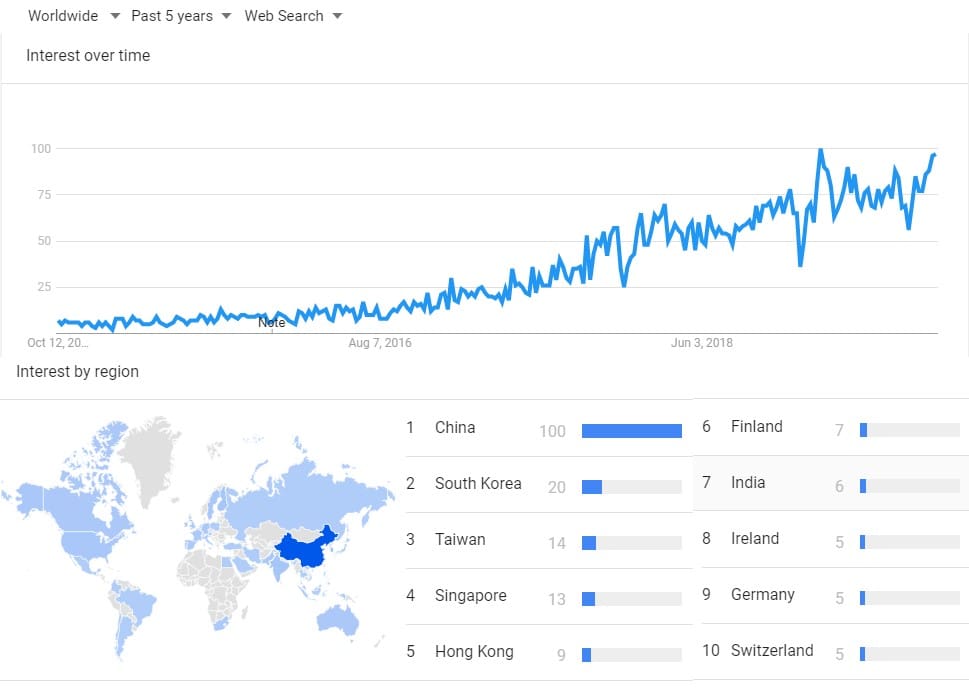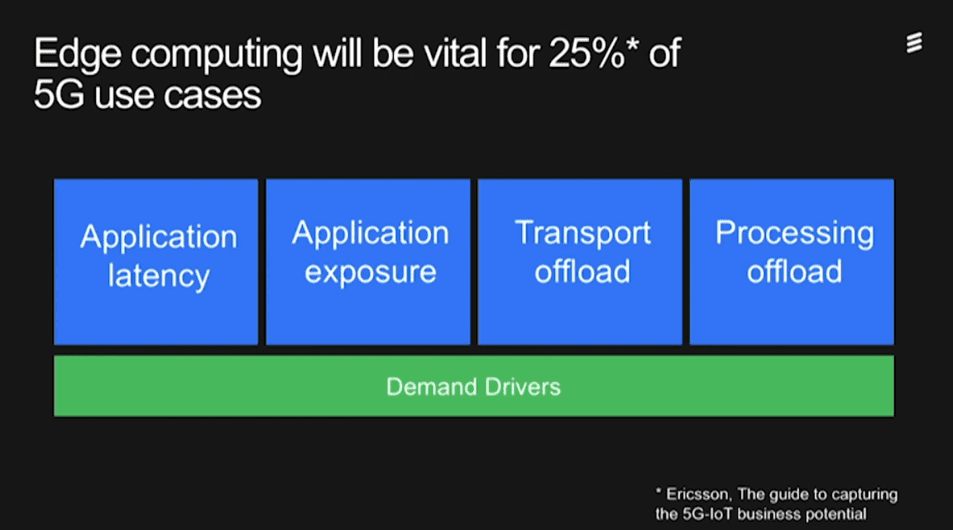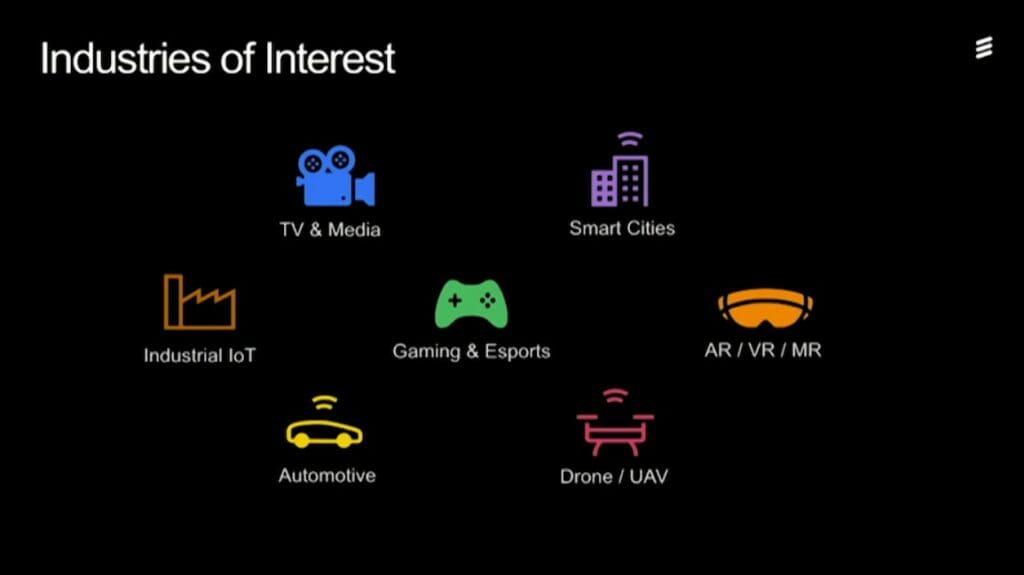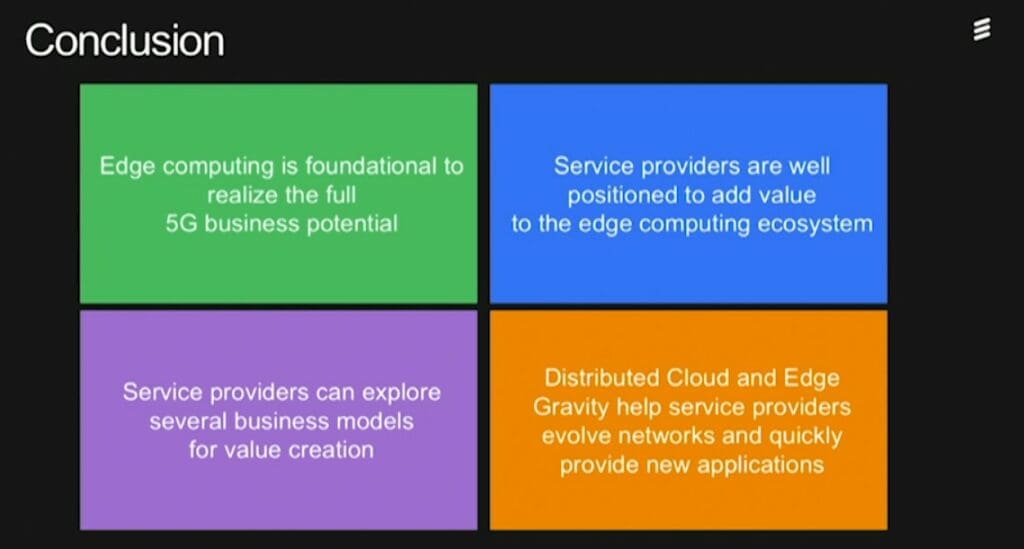Twitter Feed
Leading Federal Integrators Address Tactical Cloud Computing
Yesterday during the first annual Government IT Conference and Expo, tactical cloud computing was cited as a critical component within this new paradigm. Joining me to address the issue were:…
Carpathia Creates Government Solutions Business Unit
In a strong statement of focus, Carpathia Hosting has announced the formation of Carpathia Government Solutions, a unit dedicated to providing solutions specifically for federal civilian and defense agencies. This…
INPUT FedFocus 2010
Please join me at the 7th Annual FedFocus Conference, November 5, 2009, at the Ritz Carlton in McLean, VA. This conference has been designed to provide crucial information on upcoming…
Dataline, Lockheed Martin, SAIC, Unisys on Tactical Cloud Computing
I’m proud to announce that representatives from Lockheed Martin, SAIC, and Unisys will join me in a Tactical Cloud Computing “Power Panel” at SYS-CON’s 1st Annual Government IT Conference &…
GSA, DoD and NCOIC to Collaborate on Government Cloud Computing
Yesterday, during the NCOIC Cloud Computing Workshop, collaboration seemed to be the focus as Katie Lewin, GSA Cloud Computing Initiative Program manager, and Dan Risacher, DoD Cloud Computing Storefront project…
FederalNewsRadio Highlights Government Cloud Computing
Last week’s Apps.gov announcement was the latest steps in the government’s “at the quick step” march into cloud computing. FederalNewsRadio, a Washington metro area media fixture, highlighted the event with…
NCOIC Officially Launches Cloud Computing Working Group
On Wednesday, 9 September 2009 the Network Centric Operations Industry Consortium (NCOIC) Technical Council formally approved the creation of a Cloud Computing Working Group (CCWG). Organizationally this new working group…
1 Billion Mobile Cloud Computing Subscribers !!
Yes. That’s what I said! A recent EDL Consulting article cites the rising popularity of smartphones and other advanced mobile devices as the driving force behind a skyrocketing mobile cloud…
NCOIC Holding Full-Day Cloud Computing Workshop
The Network Centric Operations Industry Consortium will be holding an all day Cloud Computing Workshop on September 21, 2009 in Fairfax, VA. Open to the public, this workshop will focus…
Pentagon Reviews Unisys Stealth
According to a Newtworkworld.com article, the United States Joint Forces Command (USJFC) is currently evaluating Unisys Stealth technology at the Joint Transformation Command for Intelligence (JTC-I) in Suffolk, Virginia. “Unisys…

Edge computing provides compute, storage, and networking resources close to devices generating traffic. Its benefits are based on an ability to provide new services capable of meeting stringent operational requirements by minimizing both data latency and the need for bandwidth. Based on Google trend data, searches for the term has also grown substantially over the past five years.

Recognizing that web searches are not (yet) the arbiter of all things real, it does indicate a rapid growth of interest in the term. Observations of the information technology industry show a similar trend among application developers, particularly those working in manufacturing, gaming, AR/VR, and automotive. Their work seems focused on the exploration of quite a few significant business opportunities arising from the introduction of edge computing and 5G. Communication service providers are also mimicking the interest by evolving their centralized NFV infrastructure to distributed cloud infrastructure to build out edge clouds handling telecom applications and third-party applications.
While all this activity does support the potential of edge computing and 5G, essential questions remain regarding the potential versus the reality of edge computing. This query was the focus of an Ericsson Digital webinar presentation by João Monteiro Soares, Strategic Solution Manager, Distributed Cloud Ericsson and Alan Evans, Senior Director of Innovation Strategy at Edge Gravity.
These two industry experts focused on four key areas:
- The value of edge computing to 5G networks;
- Service provider business growth;
- Industry early adopter use cases; and
- Profitable service provider business strategies.
Ericsson projects that this segment will draw 25% of a US$14B-US$129B 5G revenue opportunity anchors their edge computing profitability argument.

Realized numbers depend on specific industry solutions and the rate of user adoption. They argued that telecommunications providers are key players in getting the solutions in place through the investment decisions they make today on testing and validation of relevant technologies, concrete business cases, and business model feasibility. Experiments should be executed to determine the:
- architectural positioning of industry dependent workloads;
- extendibility of centralized national architectures to regional and local access sites;
- deployment of NFVI centralized clouds throughout the network and to the edge;
- pros and cons of centralized services from a distributed cloud; and
- end-to-end service provider execution environment.
All of these functions require network transformation and a concerted collaboration effort around building broader, industry vertical ecosystems. All of these activities represent significant departures from the traditional telecommunications sales approach based on capital expenditure and acquisition of industry vertical appliances.
Early adopters of edge computing have discovered that the more lucrative path is towards the provisioning of industry vertical tailored on-demand services that are tempered by various maturing technologies and regulatory environments. This future state supports the operational expenditure of funds by telco customers for the consumption of virtual resources. From an infrastructure perspective, the goal should be establishing a virtualized mobile core in a true cloud-native manner. Customization, network slicing, and infrastructure platform services will all combine to enable service providers to deliver solutions across all multiple verticals, leading ones of which include:
- Gaming and entertainment;
- AR/VR Mixed Reality;
- Critical IoT;
- Smart Manufacturing; and
- Smart Automotive

To monetize future business models, service providers need to innovate towards the delivery of new services. This journey argues for a platform that is also open to innovation by third parties on top of the foundational network. Service aggregation and revenue sharing are also critical components of these new business models. Telco service provider strategies should encompass both a global industry ecosystem positional view and a local service focus on enhanced regional bandwidth and latency reduction. Technology development remains essential, but it needs to take a back seat to strategic business development activities. This challenging path requires real cultural change that counters the historic technology focus and embraces industry vertical competence and values extended vertical industry ecosystems.

Seventy to eighty percent of the required technology seems to be in place. The remaining technological requirements are determined through industry vertical use case testing across live 5G network environment. I came away from the webinar fully convinced that edge computing is indeed a real opportunity. Revenue and profit realization, however, requires joint development of industry-focused ecosystems by business application developers and telecommunications providers. They must establish joint strategies and specific use case roadmaps today or risk being left behind by their competition. The upcoming SDN World Congress promises to be a crucible for the development and testing of profitable edge computing business models. I can’t wait to find out more about how the most innovative service providers use Ericsson solutions to establish their leadership in this brave new world.

Cloud Computing
- CPUcoin Expands CPU/GPU Power Sharing with Cudo Ventures Enterprise Network Partnership
- CPUcoin Expands CPU/GPU Power Sharing with Cudo Ventures Enterprise Network Partnership
- Route1 Announces Q2 2019 Financial Results
- CPUcoin Expands CPU/GPU Power Sharing with Cudo Ventures Enterprise Network Partnership
- ChannelAdvisor to Present at the D.A. Davidson 18th Annual Technology Conference
Cybersecurity
- Route1 Announces Q2 2019 Financial Results
- FIRST US BANCSHARES, INC. DECLARES CASH DIVIDEND
- Business Continuity Management Planning Solution Market is Expected to Grow ~ US$ 1.6 Bn by the end of 2029 - PMR
- Atos delivers Quantum-Learning-as-a-Service to Xofia to enable artificial intelligence solutions
- New Ares IoT Botnet discovered on Android OS based Set-Top Boxes
